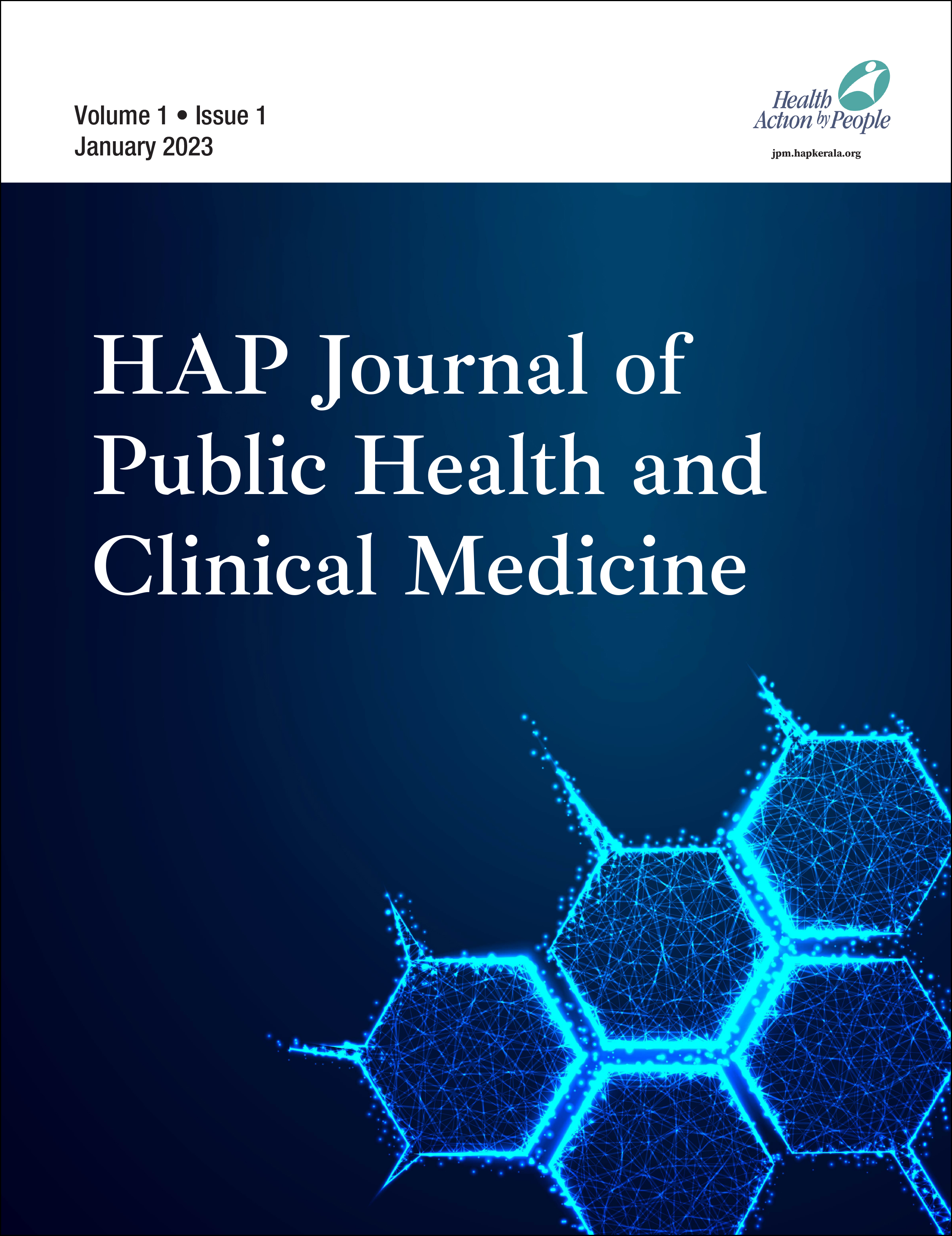
1 Department of Community Medicine, Amala Medical College, Thrissur, Kerala, India
Creative Commons Non Commercial CC BY-NC: This article is distributed under the terms of the Creative Commons Attribution-NonCommercial 4.0 License (http://www.creativecommons.org/licenses/by-nc/4.0/) which permits non-Commercial use, reproduction and distribution of the work without further permission provided the original work is attributed.
ARCH (Amala Rural Community Health) programme is a product of an intense desire to have a novel training programme for MBBS students to learn Community Medicine more interestingly and effectively. The ARCH Programme started as a dream project of Community Medicine Department in the year 2013. The main objective of the programme is to expose the medical students to the harsh ground level realities in various spheres of human existence, be it social, economic, environment, or health-related and equip them to deal with these in a comprehensive manner. In the light of our experiences with the program, we can proudly say that ARCH programme has helped the students to have a better understanding of the health-related problems of the serving community. The strategies are as follows:
Students’ involvement has surpassed all our speculations of a student community. Students were physically as well as mentally attached to the programme which was fairly evident by the conduct of various activities to solve the health-related problems identified by them. ARCH programme provided them with lot of opportunities for learning, researching, and for doing charity services.
Structure
The entire programme is carried out in a phased manner. Activities under ARCH programme are spread over a period of three and half years beginning from fourth semester to internship. Preparatory ground work begins just before their posting in the fourth semester for each batch. It requires about 10 days of ground work for health inspectors to make clusters of 7 houses to be allotted to each student of each contingent of the batch. Health inspectors of the department select the field area to be allotted to each batch of the students. They visit every house in that area to gather minimum information needed to cross-check the data collected by the students. The students will be allotted 7 houses after an orientation programme conducted at the college as well as at the field. Students are expected to make at least 1 visit in every 3 months or more as the situation demands. A vector density survey and a medical camp are made part of the ARCH programme during the fourth semester of MBBS Course. Both are organized by the students in totality except for the technical assistance provided by the department.
Data Collection and Management
Everyday morning hours will be utilized for visiting the houses allotted to them and collecting information using a predesigned ARCH folder. This information includes demographical, medical, social, and environmental aspects of the family. Every year Department of Community Medicine collects the above-mentioned information of 700 families. Our database is expanding every year and presently we have a database of 4900 families which may be approximately equal to 20,580 individuals.
Components
There are three major components for ARCH programme.
Curricular activities
Students get an opportunity to familiarize with medical, social, and environmental factors related to health. Every household is turned into a platform for learning medicine in their own environment. Every patient encountered by them become a continuous source of academic knowledge to the students. Their state of affairs with regard to physical, mental, and spiritual dimensions of health is opened to the students’ inquisitiveness. The program provide an opportunity to the students to learn the natural history of health-related events in a comprehensive manner and ways by which it can be prevented or controlled.
Research Activities
ARCH database is being utilized for conducting many research projects and publication of research articles. Undergraduate students have to conduct a research project and submit it for the university examination as a mandatory requirement for Kerala University of Health Sciences. Conduct of vector surveys equips them to predict mosquito-borne disease outbreaks and to take possible preventive measures in collaboration with Local Health Authorities and Local Self government. Our postgraduate students are also utilizing data for presentation of papers in various conferences and publication of articles.
Service Activities
Students act as health guides for the allotted families, providing health education, necessary medications free of cost, referral to the ARCH Clinic, etc. During the sixth semester, “NANMA” a Community Action Programme will be conducted. It includes medical and financial assistance to the population, disinfection of wells in the locality, distribution of wheel chair, walking aids, grocery, roofing materials, cloth, etc. Through these, students learn how to organize a health programme with the participation of community.
Achievements